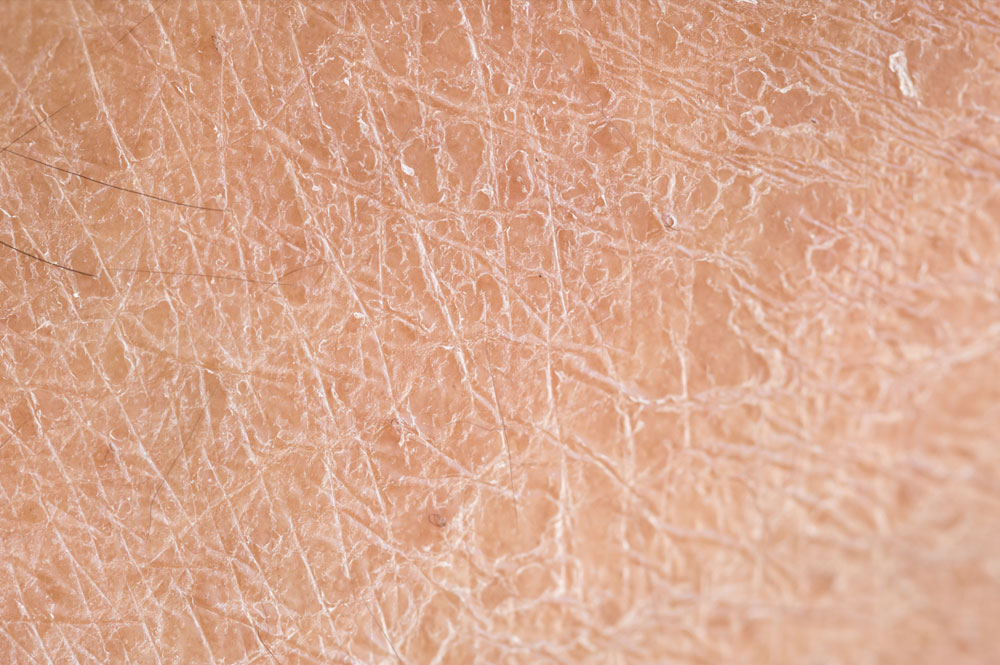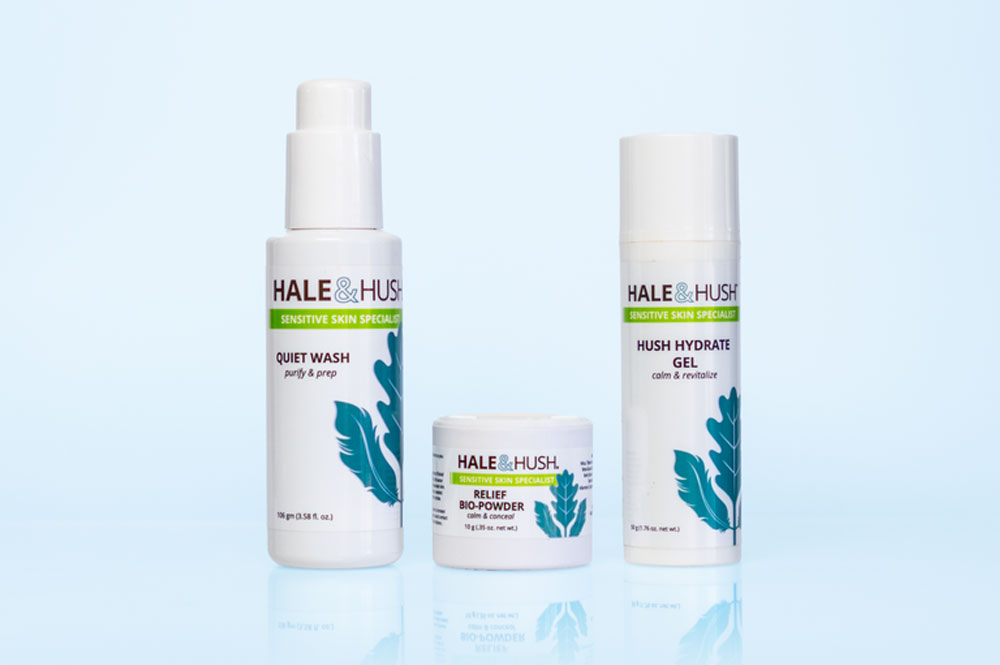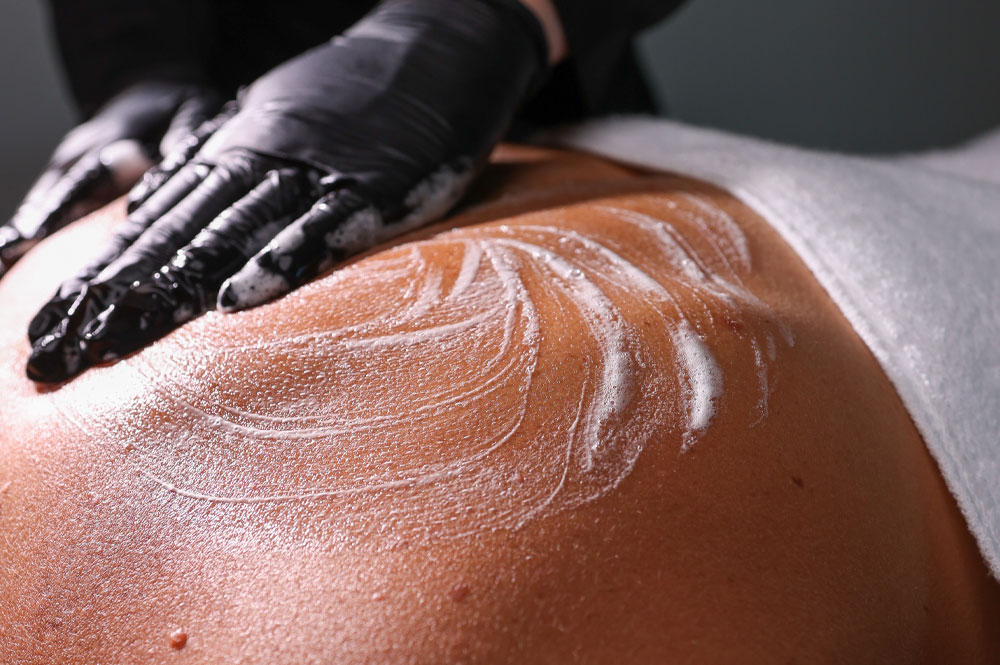
JANUARY 2025 MONTHLY BLOG
By Melissa Mercado
As the colder weather settles upon the region, winter skin concerns arise. It is always important to amend product selections for the colder season. Skin can become thinner, more sensitized, and even show visible redness and irritation. Understanding what happens to the skin during these colder months and implementing effective strategies can help ease these concerns.
There are environmental factors that contribute to sensitized winter skin, including colder temperatures and lower humidity levels. The lack of moisture in the air draws water from the skin, causing dryness, flaking, and an overall tight feeling. This impairs the skin’s barrier function, leading to sensitivity and irritation. Another factor to consider is the strong, cold wind that strips lipids from the skin’s protective barrier. Without the lipid layer, the skin becomes more susceptible to transepidermal water loss (TEWL) and is more exposed to environmental pollutants and irritants. Prolonged wind exposure can leave the skin irritated, chapped, and red.
Indoor heating systems also disrupt the skin’s barrier. Heating systems often recycle air, which reduces indoor humidity levels. The lack of moisture in the air exacerbates skin dehydration, leading to tightness and discomfort. Dry indoor heat, much like wind, strips away oils from the lipid protective film. This leaves the skin more vulnerable to external irritants and allergens, often resulting in increased sensitivity, redness, and irritation. Dehydration in these situations can cause visibly dry, flaky skin and exacerbate the appearance of fine lines and wrinkles, particularly in sensitive areas.

Hyaluronic acid is a natural substance found in the skin, joints, and eyes. It is a glycosaminoglycan and a powerful humectant capable of attracting and retaining up to 1,000 times its weight in water. Hyaluronic acid plays a crucial role in maintaining hydration, elasticity, and the structure of the skin and various other tissues. In a winter skincare regime, hyaluronic acid helps combat dehydration caused by environmental factors. It plumps and smooths fine lines exacerbated by dryness and is suitable for sensitive skin when used in appropriate formulations.
When selecting a hyaluronic acid product, it is important to consider additional ingredients that could trigger irritation, such as alcohol or synthetic fragrances. Hyaluronic acid should be applied to damp skin and followed with an occlusive hydrator. It works by drawing moisture from its surroundings, including the surface of the skin or the environment. Applying it to damp skin provides a readily available source of water, enhancing hydration levels. After cleansing, the face should be lightly patted to keep it damp, or a hydrating spray such as Hale & Hush’s Fresh Breeze can be used before applying the product. To ensure the hydration is locked in, follow with a moisturizer containing occlusive ingredients like shea butter, squalane, or castor oil to trap the moisture and protect the skin barrier.

A healing skincare routine can prevent further stripping of the skin’s protective layer. A gentle, sulfate-free, and fragrance-free cleanser is recommended to avoid over-stripping the skin. A barrier-repairing cream with ceramides and fatty acids can help heal and protect the skin from further signs of dehydration and aging. Products with anti-inflammatory ingredients like niacinamide and mirabilis jalapa extract are particularly effective for combating redness and irritation.
● Use a humidifier at night to combat dry indoor air, adding moisture to the environment and reducing the need for the skin to provide it. Maintaining indoor humidity levels between 30-50% is ideal.
● Staying hydrated by drinking plenty of water helps maintain the skin’s moisture levels.
● Wearing gloves, scarves, or masks protects the skin from outdoor elements and helps retain moisture.
The benefits of regular facial services during the colder months should be emphasized. Hydrating facials and gentle chemical peels are excellent options for maintaining skin health. Additionally, LED therapy can be used to soothe and calm sensitive skin.
While facial skincare often receives the most attention, the skin on the body also requires extra care during the winter months. Following these tips can help keep body skin healthy and hydrated:
Switch to Moisturizing Body Washes: Gentle, hydrating body cleansers replenish moisture rather than stripping it. Ingredients like glycerin and ceramides are highly beneficial.

Exfoliate Gently: Gentle body scrubs or exfoliating mitts remove dead skin cells, allowing moisturizers to penetrate more effectively. Over-exfoliating, however, should be avoided to prevent damage to the skin barrier.
Apply Body Lotion Immediately After Showering: Applying a rich body lotion or cream to damp skin locks in hydration. Products with shea butter, cocoa butter, or hyaluronic acid are particularly effective.
Don’t Skip Sunscreen: Even in winter, UV rays can damage the skin. A broad-spectrum sunscreen should be used on exposed areas, such as the hands and neck.

Protect Hands and Feet: Thick, emollient creams applied to hands and feet, especially at night, can prevent dryness. Wearing cotton gloves or socks can enhance absorption during sleep.
Incorporating these practices into a winter skincare routine ensures that the skin remains healthy, comfortable, and protected throughout the season.
